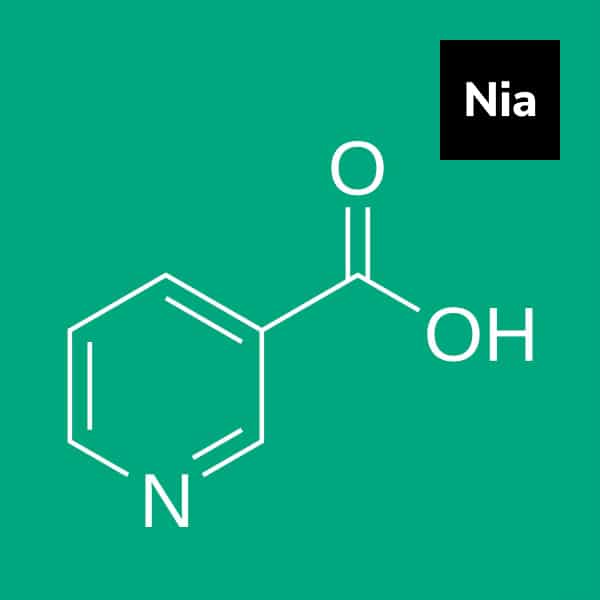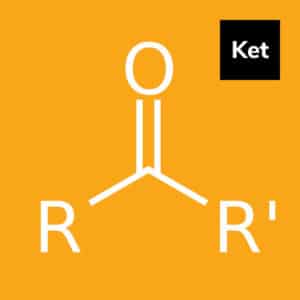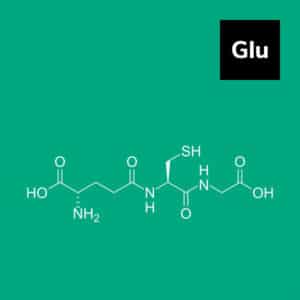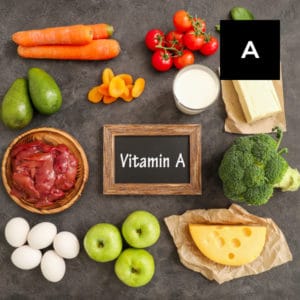Overview
Niacin is included in multivitamin supplements and in vitamin B complexes. It is a water-soluble vitamin that helps turn food into energy. It functions as an antioxidant and aids in cell signaling and DNA repair. Although humans can make it from the amino acid tryptophan, this synthesis is inefficient, making niacin a vitamin that must be ingested.
Key Benefits
- Improves circulation
- Aids in the maintenance of appropriate cholesterol levels in the blood
- Helps in the reduction of triglycerides
- Aids in the reduction of inflammation
- Prevents pellagra (a niacin-deficient illness) and aids in nervous system maintenance.
- Aids in the metabolism of protein, sugar, and fat.
- Helps in the maintenance of normal high blood pressure
- Increases energy through efficient meal consumption Aids in the maintenance of healthy skin, tongue, and digestive system
- Helps with brain function
History of Usage
The discovery of niacin is tied to pellagra. In 1915, Joseph Goldeberger, an Austrian-American physician, conducted a series of experiments on healthy prisoners in Mississippi and discovered that he could induce pellagra by changing their diets. He concluded that the disease was caused by a dietary deficiency caused by eating an overabundance of corn and corn products, and not enough meat and milk. He named it the P-P factor, for pellagra-preventative.
In 1937, American biochemist Conrad Arnold Elvehjem did an experiment using Goldberger’s diet on dogs. He isolated the P-P factor from active liver extracts and demonstrated that the factor is nicotinic acid, which was later named niacin. (In 1867, German scientists showed that nicotinic acid occurs in yeast and rice. It was isolated by Casimir Funk in 1912, who was attempting to find a cure for beriberi.) After Elvehjem’s discovery, grain products were enriched with nicotinic acid or nicotinamide.
Historically, dietary niacin insufficiency has been prevalent in locations where corn is a staple meal. Corn is low in niacin, and lime has to be added to maize (corn) meal/flour production, which releases the tryptophan so that it can be absorbed in the gut and converted to niacin. Today, pellagra is rare in developed countries. However, it is seen in alcoholics and patients who have absorption problems.
Biochemistry
Niacin refers to nicotinic acid (pyridine-3-carboxylic acid), nicotinamide (pyridine-3-carboxamide), and related substances such as nicotinamide riboside. Niacin is found naturally in many foods, is added to some foods, and is available as a nutritional supplement. Niacin can be found in both plant and animal tissue, however in distinct forms.
Niacin from plant sources is converted by the body to niacinamide for utilization. Niacinamide is already present in animal feeds. Niacin participates in enzyme processes that are important in the creation of bodily energy as well as tissue respiration.
Niacin is converted by all tissues in the body into its major metabolically active form, the coenzyme nicotinamide adenine dinucleotide (NAD). NAD is required by more than 400 enzymes in the body to catalyze processes, which is more than any other vitamin-derived coenzyme. In all tissues except skeletal muscle, NAD is transformed into another active form, the coenzyme nicotinamide adenine dinucleotide phosphate (NADP).
Most metabolic redox reactions in cells that involve the oxidation or reduction of substrates require NAD and NADP. NAD primarily participates in catabolic events that convert potential energy in carbohydrates, lipids, and proteins to adenosine triphosphate (ATP), the cell’s primary energy currency.
NAD is also essential for enzymes involved in critical physiological activities such as genome integrity, gene expression control, and cellular communication. NADP, on the other hand, promotes anabolic reactions such as the production of cholesterol and fatty acids and is essential for the maintenance of cellular antioxidant function.
Adult males should consume 16 milligrams (mg) of niacin per day, whereas adult females who are not pregnant should consume 14 mg per day.
Yeast, milk, meat, chicken, fish, nuts and legumes, marinara sauce, and cereal grains are all high in niacin.
Pellagra, gastrointestinal trouble, agitation, headaches, weariness, mental depression, vague aches and pains, irritability, loss of appetite, sleeplessness, skin problems, muscle weakness, indigestion, foul breath, and canker sores are all symptoms of niacin deficiency.
Recent Trends
The niacin (Vitamin B3) sector has been hit by the global economic recession. However, it managed to maintain a relatively optimistic growth of $368 million in 2014 to $440 million in 2019. Analysts expect that by 2024, the market size of niacin (Vitamin B3) will reach $624 million.
Niacin is sold as a dietary supplement in the form of single vitamin B3 capsules, in vitamin B complex supplements, multivitamin supplements, and in powders and energy drinks.
Precautions
- Pregnant women, breastfeeding women, and children should not take niacin above the recommended RDA.
- Taken in doses of 100 mg or more (the FADA is 15-20 mg for adults) can result in an uncomfortable flushing of the skin, dizziness, rapid heartbeat, itching, nausea and vomiting, diarrhea, gout, liver damage.
- Niacin intake may interact with various medications, including those for blood pressure, cholesterol, diabetes, gout.
- Do not combine the use of niacin with alcohol.
References
- Penberthy WT, Kirkland JB. Niacin. In: Erdman JW, Macdonald IA, Zeisel SH, eds. Present Knowledge in Nutrition, 10th ed. Washington, DC: Wiley-Blackwell; 2012:293-306.
- Institute of Medicine. Food and Nutrition Board. Dietary Reference Intakes: Thiamin, Riboflavin, Niacin, Vitamin B6, Folate, Vitamin B12, Pantothenic Acid, Biotin, and Choline. Washington, DC: National Academy Press, 1998.
- Kirkland JB. Niacin. In: Ross AC, Caballero B, Cousins RJ, Tucker KL, Ziegler TR, eds. Modern Nutrition in Health and Disease, 11th ed. Baltimore, MD: Williams & Wilkins; 2014:331-40.
- Bourgeois C, Moss J. Niacin. In: Coates PM, Betz JM, Blackman MR, Cragg GM, Levine M, Moss J, White JD, eds. Encyclopedia of Dietary Supplements, 2nd ed. New York, NY: Informa Healthcare; 2010:562-9.
- Lanska DJ. Historical aspects of the major neurological vitamin deficiency disorders: the water-soluble B vitamins. In: Finger S, Boller F, Tyler Kl, editors. Handbook of Clinical Neurology, Vol. 95 (3rd series) – History of Neurology. Elsevier B.V., 2009; pp. 445-479.
- Frankenburg FR. Vitamin Discoveries and Disasters: History, Science, and Controversies. ABC-CLIO, LLC, Santa Barbara, California, 2009; pp. 33-55.




